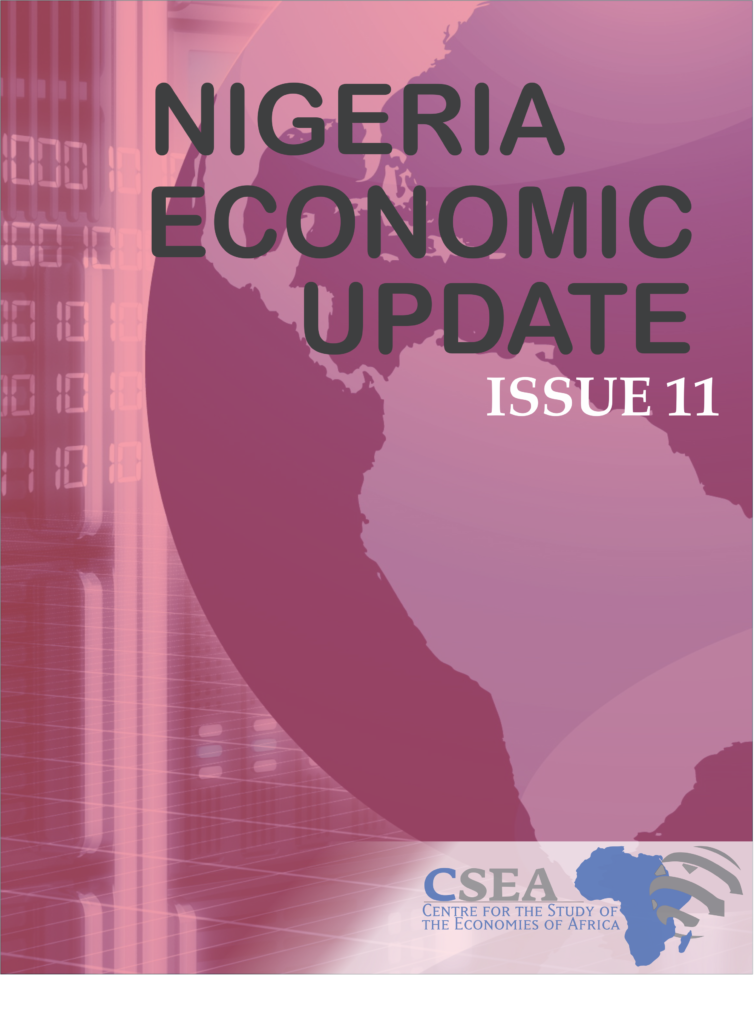Nigeria’s debt profile reached unprecedented high levels at the end of the year 2017. Figures obtained from the debt management office reveals that debt stock increased Year-on-Year by a significant 42.6 percent and Quarter-over-Quarter by 6.6 percent to N21.73 trillion as at December 20171. Domestic and foreign components of the debt profile grew to N3.35 trillion and N18.38 trillion respectively. The increased debt profile may have been triggered by domestic and foreign borrowings to fund Nigeria’s budget deficit, and excessive debt servicing costs – Nigeria serviced domestic debts to the tune of N1.48 trillion in 20172, about 29.13 percent of its total budget revenue. Implicatively, Nigeria’s debt to GDP ratio continues to increase, from 18.6 percent in 2016 to 21 percent
Macroeconomic Report & Economic Updates

March 9, 2018
Nigeria Economic Update (Issue 11)
Nigeria’s debt profile reached unprecedented high levels at the end of the year 2017. Figures obtained from the debt management office reveals that debt stock increased Year-on-Year by a significant 42.6 percent and Quarter-over-Quarter by 6.6 percent to N21.73 trillion as at December 20171. Domestic and foreign components of the debt profile grew to N3.35 […]
Read →
Related
Extra-ECOWAS Trade And Investment Flows: Any Evidence Of Business Cycles Transmission
This
study investigates the effects of merchandise trade and investment flows on the
transmission of business cycles between members of ECOWAS and the major trading
partnersbetween 1985 and 2014. Total trade and FDI significantly influence the
transmission of business cycles with elasticities of 1.1% and 0.7%,
respectively in the long run. There are little variations across the major
trading partners and other measures of trade flows. Intra-industry trade flows
with all partners, EU and USA influences the cross-country business cycles with
elasticities of 1.0%, 0.5% and 1.8%, respectively.
